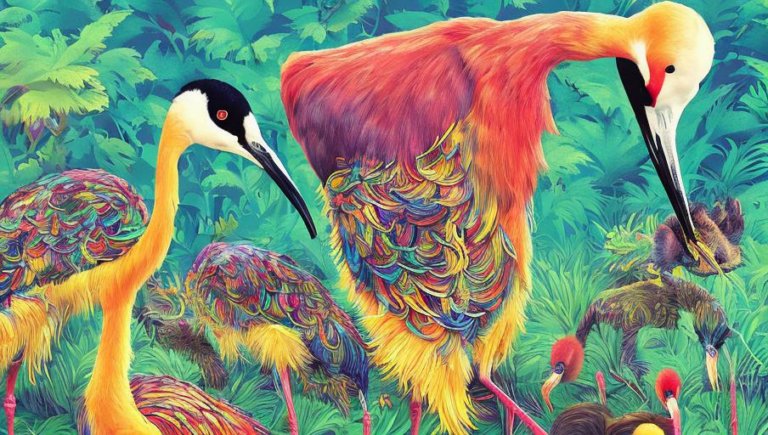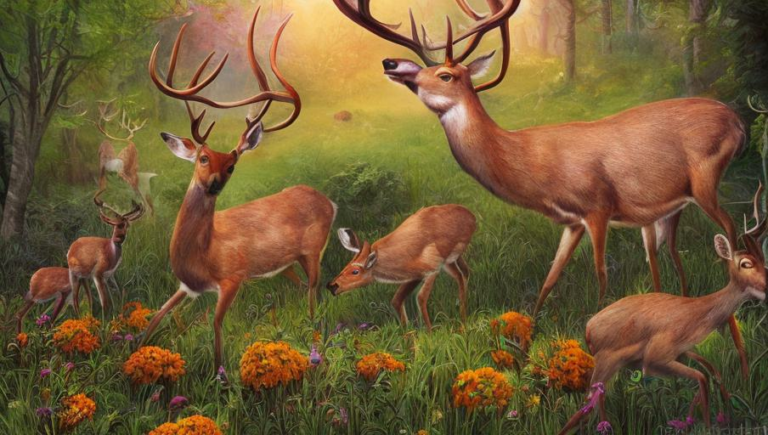Zoning In: A Look at the Different Species of Apes

Introduction
Apes are a diverse group of primates that are found in tropical and subtropical regions around the world. They can be found in Asia, Africa, and the Americas and come in a variety of shapes, sizes, and colors. Apes are intelligent, social, and important to their environments, and their conservation is critical for their survival.
Types of Apes
Apes can be divided into two main groups: great apes and lesser apes. Great apes include gorillas, chimpanzees, bonobos, orangutans, and humans, while lesser apes include gibbons, siamangs, and hoolock gibbons.
Gorillas
Gorillas are the world’s largest primates, and they live in dense rainforests in Central and Eastern Africa. They are herbivores, meaning they eat a plant-based diet, and they live in large, extended family groups called troops. There are two main species of gorilla: the western gorilla and the eastern gorilla.
Chimpanzees
Chimpanzees are found in the tropical rainforests of Central and West Africa and are the closest living relatives to humans. They are omnivores, meaning they eat both plants and animals, and they live in large social groups. They are highly intelligent and can use tools to obtain food and defend themselves.
Bonobos
Bonobos are found only in the Democratic Republic of Congo and are known for their peaceful nature. Like chimpanzees, they are omnivores and they live in large social groups. They are also known for their cooperative behavior and are capable of forming strong emotional bonds with others.
Orangutans
Orangutans are found in the tropical rainforests of Borneo and Sumatra and are the most solitary of the great apes. They are mainly frugivores, meaning they eat mainly fruit, and they are known for their intelligence and problem-solving skills.
Conservation
All apes are facing significant threats to their survival due to deforestation, hunting, and the illegal wildlife trade. This is why it is so important to protect their habitats and to raise awareness about their conservation. Organizations such as the World Wildlife Fund and the International Union for Conservation of Nature are working to protect apes and their habitats.
Conclusion
Apes are an incredibly important part of our world and they play a vital role in their environments. It is essential to protect them, their habitats, and to raise awareness about their conservation. By understanding the different species of apes, their behavior, and the threats they face, we can help ensure their survival.





